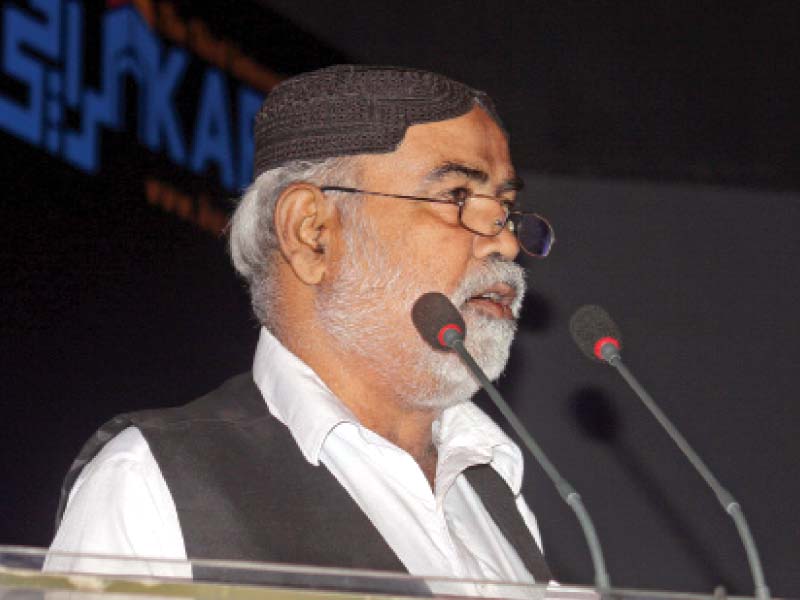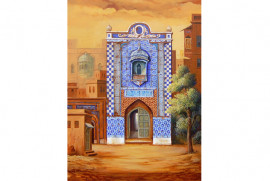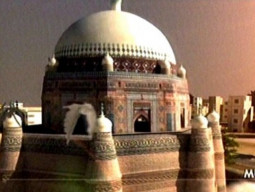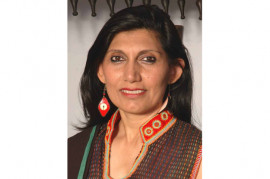
“I remember our family trips to Manora Beach. I remember travelling to schools in trams when security was never an issue. I remember the distinct structure of the Jubilee Cinema, the time when Bath Island was actually an island and the Elphinstone Street had three book shops.”
Architect Shahid Khan reminisced about Karachi’s glorious past to the delight of the audience at a session, titled ‘Reminiscence Part I’, on the second day of the Third International Karachi Conference 2015. The speakers expressed dismay over the lack of measures taken to preserve the cultural heritage in the city as they recalled the ‘good old days’, with Ajmal Khan in the chair.
Preserving and promoting heritage: City of saints to turn tourist hub
Architecture failure
Speaking about how the focus on individualism is coercing the city planners to damage the aesthetic appeal of Karachi, architect Zulfiqar Noor said that too much emphasis on the ‘I’ is ruining the city.
Noor went ahead and showed the audience the before and after pictures of some of the buildings to show the extent to which the structures have been altered.
Two pictures of the Karachi Cantonment railway station building’, one dating back to the 1900s and other a recent one were shown. The black and white picture showed the original structure, but the coloured picture hinted at the commercialisation of the area. Focusing on the second picture, Noor zoomed into the ‘Rehmat-e-Shereen’ sign on a building next to the station, where lush green trees once stood. “Signage is a major issue here [Karachi],” he remarked. This big sign is ruining the aesthetics of the place, he added.
‘Heritage preserved’: Architectural paintings exhibition from Aug 31
The other set of pictures was that of Frere Hall. Noor explained that even though it is one of the better-maintained buildings, its architecture has been considerably altered. The picture dating back to the 1920s, showed prominent timber triangles on its roof that no longer exist.
He also showed a picture of the Palace Hotel, now known as Movenpick Hotel. “Now, the entrance has been altered and a new structure with a Gothic arch has been included.”
Disconnect
Karachi has a diverse culture, said Abdul Ghafoor Khatri, reading out his research paper. When it was a mere port, many fishermen from Gujarat came and settled here, he said. He talked about the different cultural elements such as food, dress and festivities that contribute to the city’s lifestyle.
There is a range of mountains in the north of Karachi, known as Koh-e-Bahran, said Ghulam Rasool Kalmati. Here, Kirthar meets Balochistan, he claimed. The place holds immense cultural significance. Many Balochi tribes have resided in the region and the place has witnessed elongated wars, he said.
The Baloch tombs, near Memon Goth, can be used to study the culture of the tribes residing in the mountains, their dresses, jewellery and even the design of the graves, he said. The area is spread over 37 acres of land and consists of 447 graves. “Yet, instead of preserving this cultural heritage, we are more interested in destroying it.”
The biggest examples of the demolition of cultural and geographic sites are the Defence Housing Authority and Bahria Town, he said.
Published in The Express Tribune, November 8th, 2015.



























1714024018-0/ModiLara-(1)1714024018-0-270x192.webp)









COMMENTS
Comments are moderated and generally will be posted if they are on-topic and not abusive.
For more information, please see our Comments FAQ